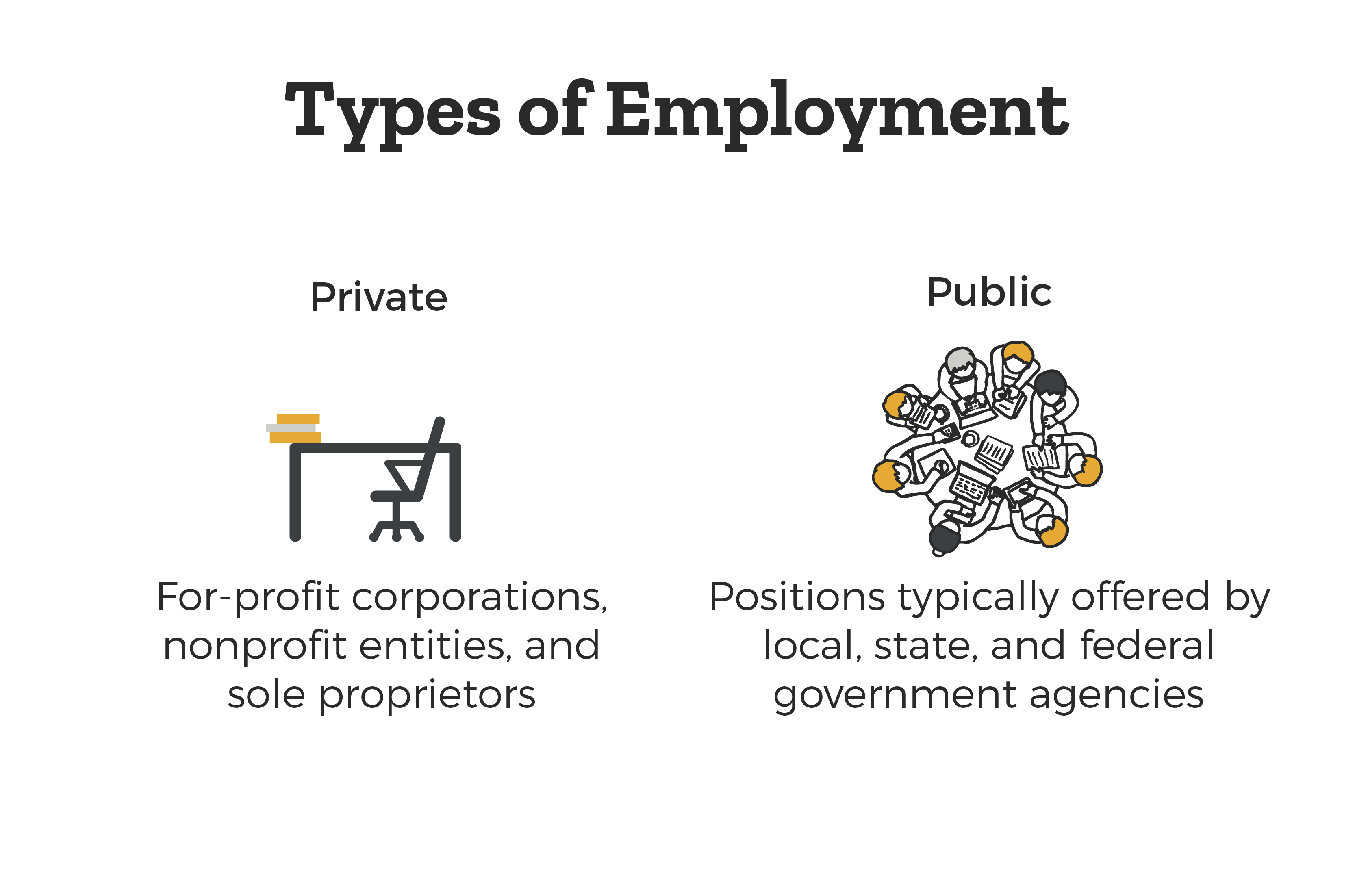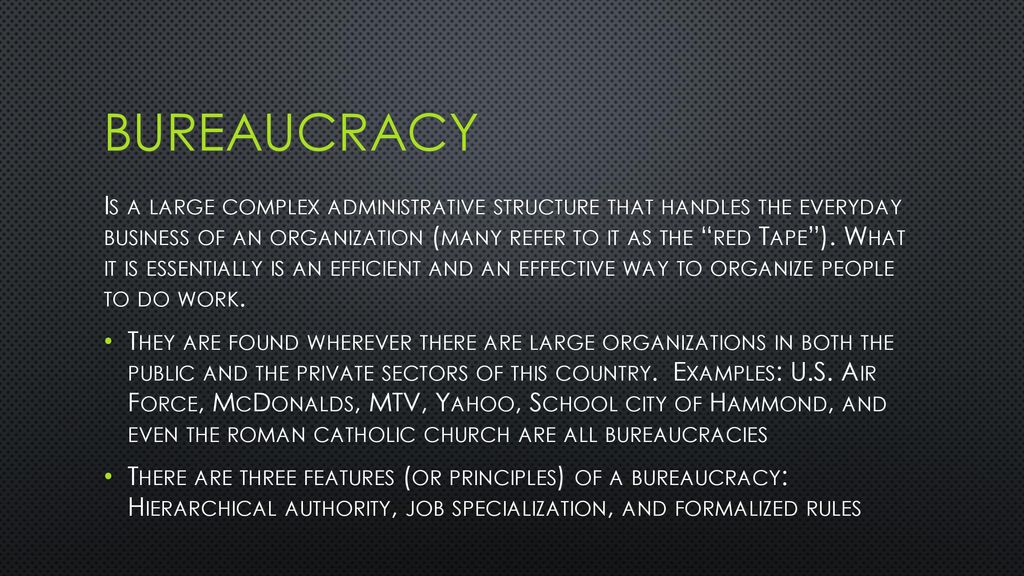In A Bureaucracy What Is Employment Typically Based On

The labyrinthine world of bureaucracy often evokes images of endless paperwork, rigid hierarchies, and seemingly impenetrable rules. But behind the stereotype lies a complex system that, in theory, aims for fairness and efficiency. A central question in understanding any bureaucracy is: how are individuals selected and promoted within its ranks?
This article delves into the core principles guiding employment decisions within bureaucratic structures. It explores the emphasis on merit, qualifications, and standardized procedures. The objective is to shed light on how individuals are evaluated, advanced, and retained in these organizations, referencing official policies and research where applicable.
The Merit System: A Cornerstone of Bureaucratic Employment
At the heart of most modern bureaucracies lies the merit system. This system dictates that employment decisions should be based primarily on an individual's qualifications and demonstrated abilities. The primary goal is to create a workforce comprised of the most skilled and competent individuals.
This concept stands in contrast to systems based on patronage or political connections. Merit systems are designed to promote impartiality and ensure that qualified individuals from diverse backgrounds have an equal opportunity to secure employment.
Defining Merit: Qualifications and Examinations
How is merit actually defined and measured? It typically involves a combination of formal education, relevant experience, and performance on standardized examinations.
Many government agencies and large organizations use standardized tests to assess candidates' knowledge, skills, and aptitudes. These exams are designed to evaluate individuals objectively and reduce bias in the hiring process.
For example, the U.S. Office of Personnel Management (OPM) administers numerous examinations for federal jobs. These assessments range from basic skills tests to specialized exams for specific occupations.
Furthermore, minimum educational requirements are frequently specified for various positions. These requirements ensure that candidates possess the necessary foundational knowledge to perform their duties effectively.
The Role of Standardized Procedures
Bureaucracies are characterized by their reliance on standardized procedures and rules. This reliance extends to the hiring and promotion processes, aiming to create consistent and transparent systems.
Job descriptions are usually highly detailed, outlining the specific responsibilities and required qualifications. These descriptions serve as the basis for evaluating candidates and ensuring that the selected individual is well-suited for the role.
Interview processes are often structured, with standardized questions and evaluation criteria. This structure minimizes the potential for subjective biases to influence the hiring decision.
Promotion Pathways and Performance Evaluations
Advancement within a bureaucracy typically follows established career ladders. Employees progress through different levels of responsibility based on their performance and experience.
Regular performance evaluations are a key component of this system. These evaluations provide feedback to employees on their strengths and weaknesses and inform decisions about promotions and salary increases.
Ideally, performance evaluations are based on objective metrics and clearly defined performance standards. However, the subjectivity can creep in, especially in roles where performance is difficult to quantify.
Challenges and Criticisms of Bureaucratic Employment
Despite the emphasis on merit and standardized procedures, bureaucratic employment systems are not without their challenges and critics. One common criticism is that the focus on formal qualifications and standardized tests can be overly rigid.
Some argue that these criteria may not accurately reflect an individual's potential or ability to perform effectively in a particular role. Moreover, the emphasis on seniority can sometimes stifle innovation and prevent talented individuals from advancing quickly.
Another challenge is the potential for bureaucratic inertia. Complex rules and procedures can slow down the hiring process and make it difficult to attract and retain top talent.
"Bureaucracies are designed to prevent error, not to achieve results,"as one common saying suggests.
The Influence of Diversity and Inclusion Initiatives
In recent years, there has been increasing attention paid to promoting diversity and inclusion within bureaucracies. Many organizations have implemented affirmative action programs and other initiatives to address historical underrepresentation.
The goal is to create a workforce that reflects the diversity of the population it serves. Some critics argue that these initiatives can conflict with the principle of merit, leading to concerns about reverse discrimination. However, proponents argue that a diverse workforce is essential for effective governance and service delivery.
Looking Ahead: The Future of Bureaucratic Employment
The future of bureaucratic employment is likely to be shaped by several factors. These include technological advancements, changing workforce demographics, and evolving expectations about work-life balance.
The rise of artificial intelligence and automation may lead to the elimination of some jobs and the creation of new ones requiring different skills. Bureaucracies will need to adapt their hiring and training practices to meet these changing demands.
Moreover, there is growing pressure on bureaucracies to become more agile and responsive to the needs of citizens. This requires fostering a culture of innovation and empowering employees to take initiative.
Bureaucratic employment, ideally rooted in merit, standardization, and transparent procedure, continues to evolve. As societal and technological landscapes shift, so too must the practices of these organizations to ensure they remain effective and equitable in their employment practices.
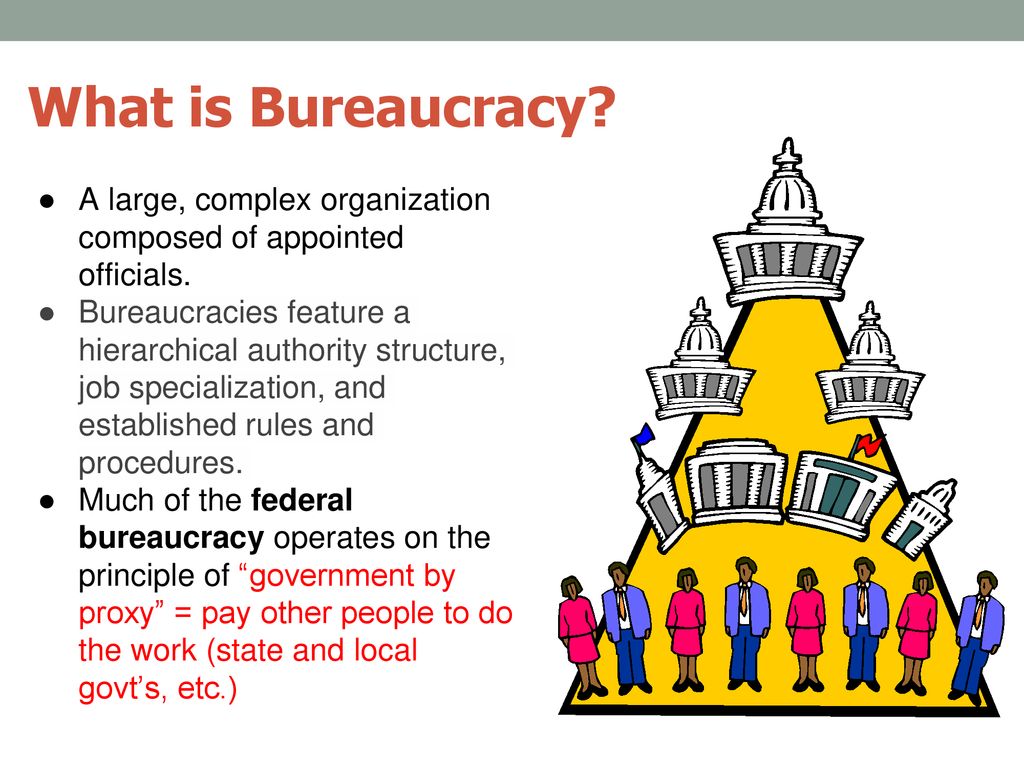



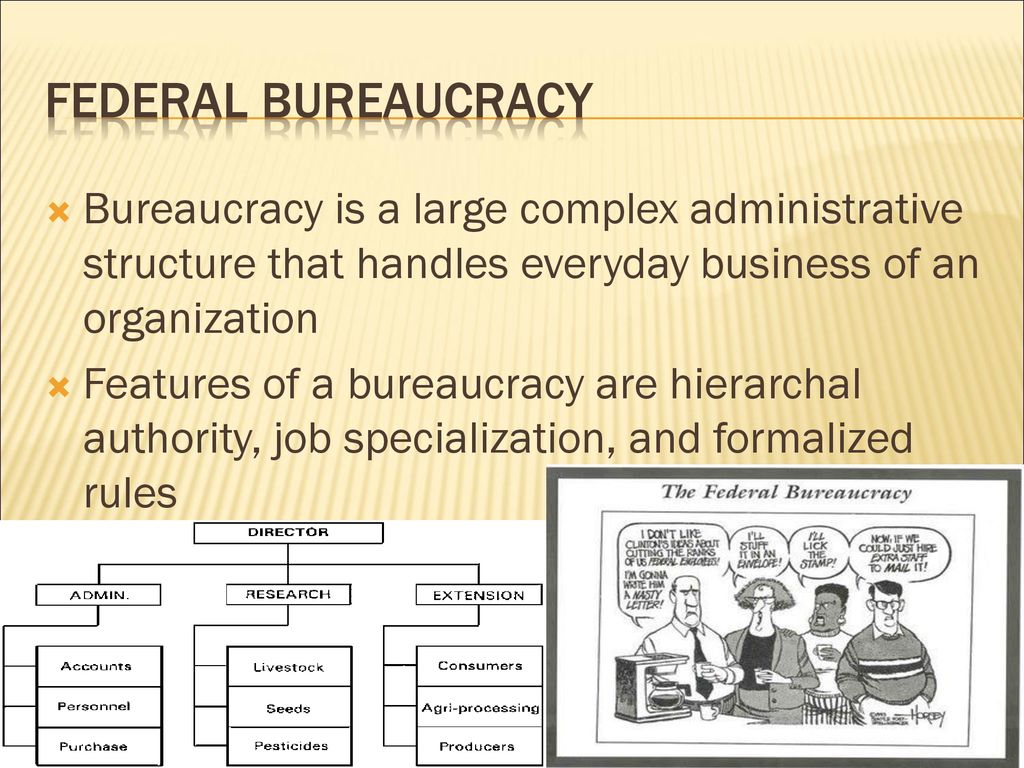




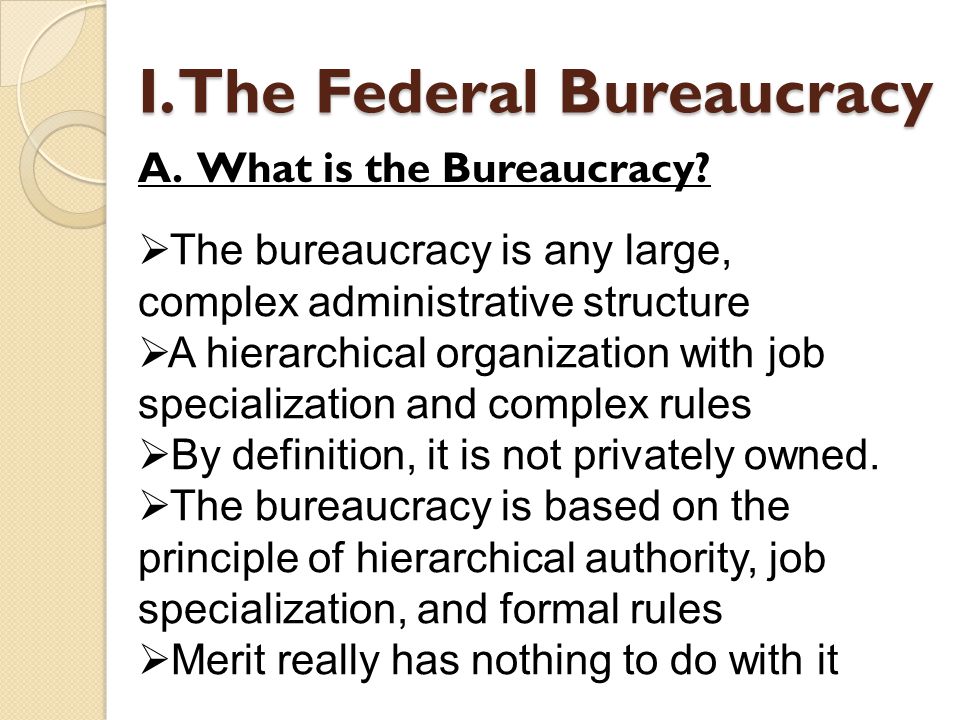
![In A Bureaucracy What Is Employment Typically Based On [DIAGRAM] Diagram Of Bureaucracy - MYDIAGRAM.ONLINE](https://i.ytimg.com/vi/ncGfAdXqdrg/maxresdefault.jpg)



